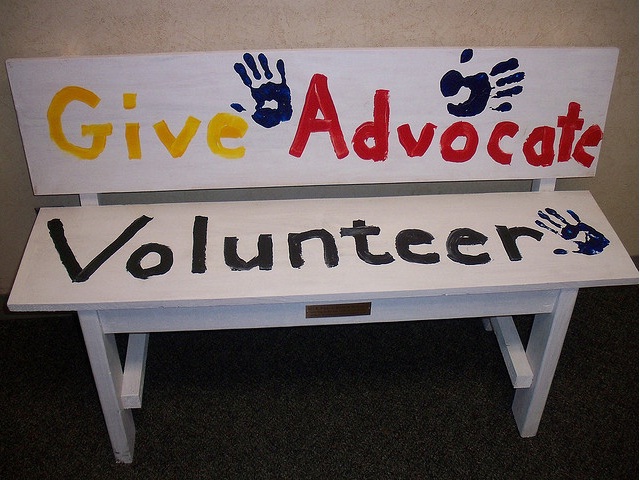Nonprofit Work Builds Corporate Culture
When you have been fortunate enough to run a company for 30+ years and have it recognized as one of the “best places to work” in your profession, you invariably get asked: “how did you build the culture?” I’m sure that dumb luck was responsible for a good chunk of it, but I’m equally sure that our PR firm’s commitment to supporting nonprofits played a major role.
That commitment manifested itself in three ways: (1) serving nonprofit clients for a fee, (2) representing them on a pro bono basis, and (3) contributing time as individuals to the causes and organizations we believed in. It started in Year Two (1976) when we represented the Museum of Holography (who knew then what a hologram was, much less what a museum of them might contain?) and later grew to major trade association clients like the American Institute of CPAs (AICPA) and Advertising Research Foundation.
On the pro bono side, we worked for more than 20 years with the Workshop in Business Opportunities which teaches disadvantaged people to become entrepreneurs through tough love education programs. I defy anyone to attend a WIBO graduation night without a tear in their eye when families celebrate educational achievements they had previously thought impossible. Recently, we began representation of Indego Africa which partners with women artisans in Rwanda to drive toward a long-term solution to systemic poverty in Africa.
Important as those client relationships were, I think the most important thing that we did – and do – is to encourage participation by our people in their own cause-related groups. The only thing that we ask is that they become active in the groups they join. Because we’re proud of our people’s non-profit work, we feature it on our website.
As much as we like to think we have helped these organizations, I think they have taught us more. First is the commitment to make the world a better place. We all tend to get caught up in our knitting and it’s useful to be reminded that there are larger issues that need to be dealt with. Second is the motivational power of ideas. Nonprofit leaders rarely have the luxury of offering monetary incentives to their staffs – and never to their volunteers – so they must find other ways to motivate them. That’s where big ideas, skillfully communicated, come in. Third, large nonprofits, such as the AICPA, are complex bodies with many stakeholders. Learning how to work with all their constituencies was great training for our current engagements with large corporations.
So we thank the nonprofits for what they have taught us, and for helping to shape our culture. What have nonprofits taught you?
To reach John:
Phone: 212.840.0444
Email: john@blisspr.com
LinkedIn: John Bliss
